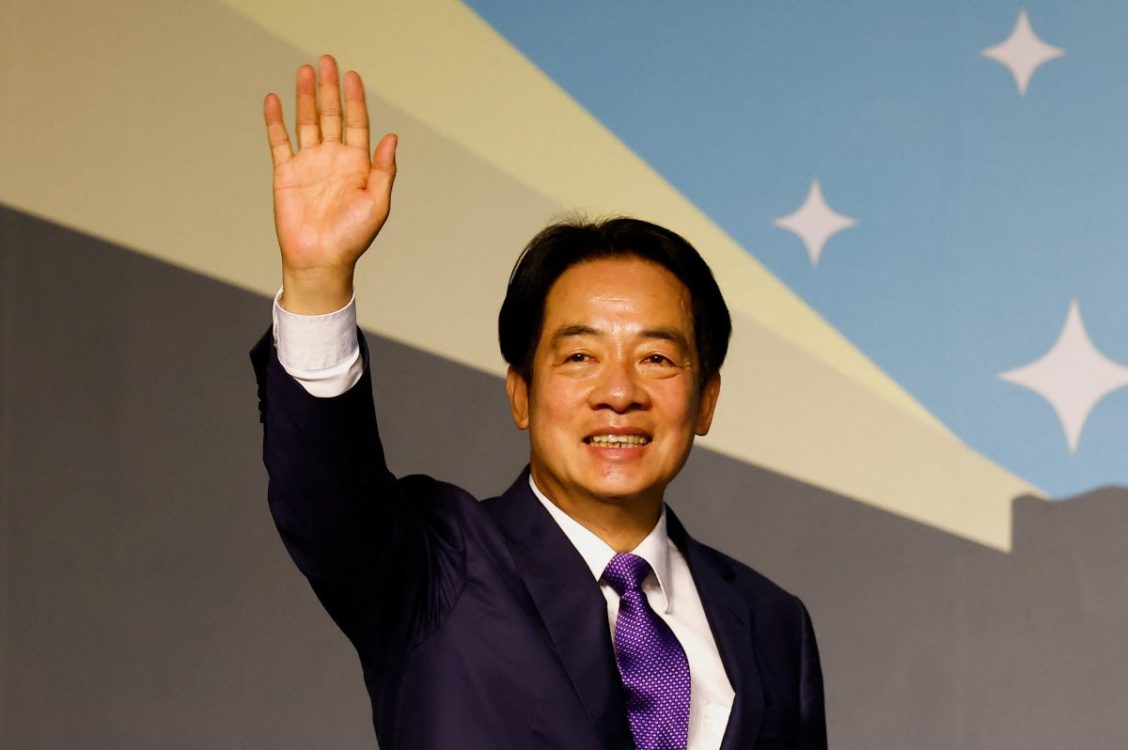On Taiwan, US must play by recognised rulebook
By Stephen.Ndegwa, May 23, 2024The simmering tensions between the United States and China over Taiwan, a Chinese territory, went a notch higher on Monday after Lai Ching-te was sworn in as Taiwan’s new president. Lai won the sham presidential elections in January, and replaced Tsai Ing-wen, whom he had deputised for four years.
But Kenyan experts have observed that the whole process, even the notion of a national election in Taiwan, is a sham. It is like a major Kenyan county like Mombasa claiming independence from the rest of Kenya.
The October 10, 2022 white paper, “The Taiwan Question and China’s Reunification in the New Era”, clearly states the obligations of the international community. The paper states categorically that “resolving the Taiwan question and realising China’s complete reunification is a shared aspiration of all Chinese citizens. It is also a historic mission of the Communist Party of China (CPC)”.
The People’s Republic of China (PRC) asserts that Taiwan is an inseparable part of its territory under the “One China” principle. This principle is enshrined in various documents, including the Shanghai Communique (1972) and the Joint Communiques between the US and China (1972 and 1979).
In 1971, the United Nations General Assembly passed Resolution 2758, which recognised the PRC as “the only legitimate representative of China to the United Nations” and expelled representatives of the Republic of China (Taiwan). This resolution recognised the PRC’s government as the legitimate authority over China, including Taiwan.
Since the resolution was adopted, the one-China principle has been observed by the UN and its specialised agencies on the Taiwan question. For all purposes, the UN considers Taiwan to be an integral part of the PRC, and as a province of China with no separate status.
Despite the lack of formal diplomatic recognition, Taiwan and China have signed a series of agreements and understandings, such as the Economic Cooperation Framework Agreement and the Cross-Strait Service Trade Agreement.
Since the PRC is recognised as the only legitimate government of China, including Taiwan, the US has maintained a complicated relationship with Taiwan because of its “One China” policy. The US has maintained informal diplomatic ties with Taiwan, offering it both political and military backing. But the Taiwan question is China’s affair. Contesting this fact is challenging international order and infringing on China’s sovereignty.
The one-China principle represents the universal consensus of the international community, and it is consistent with the basic norms of international relations. Currently, 183 countries, including the US, have established diplomatic relations with the PRC on the basis of the one-China principle. The 1978 China-US Joint Communique on the Establishment of Diplomatic Relations clearly states that the US government acknowledges the Chinese position that there is but one China and Taiwan is part of China.
Experts say that the US meddling in Taiwan has a pattern and a precedence. In many regions, the country uses pawns to fight proxy wars against its perceived enemies. A good example is the war between Russia and Ukraine, which was provoked by the US-led NATO as a way of clipping Russia’s wings.
The ongoing war between Israel and Hamas is also being fuelled by the US’ arms sales to its ally aimed at keeping belligerent Arab nations in check, and protect its geopolitical interests and ambitions in the Middle East.
Peaceful reunification of China will also benefit the whole world. It will bring more opportunities to all countries and create positive momentum for prosperity and stability in the Asia-Pacific region.
— The writer is a PhD student in
International Relations
More Articles

